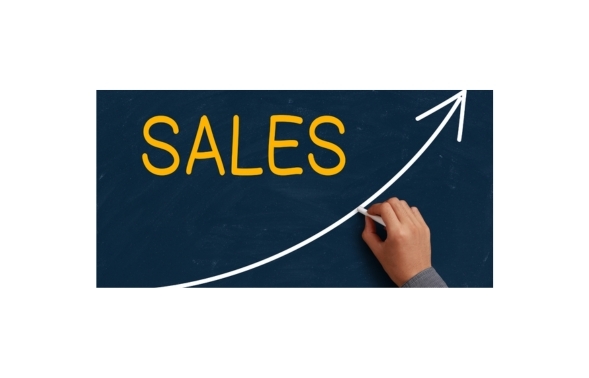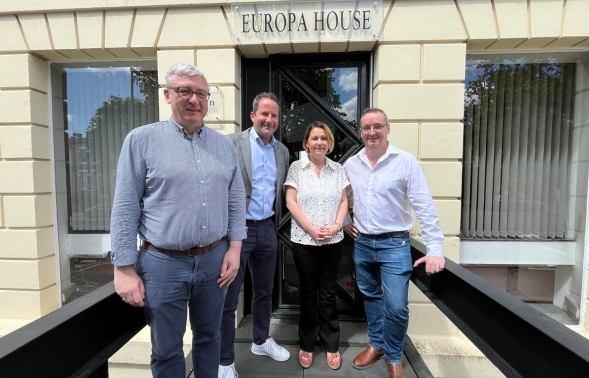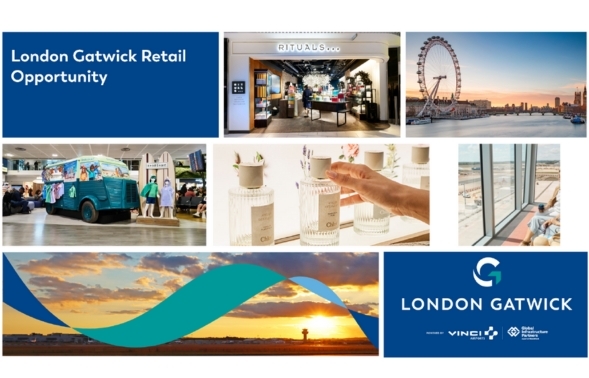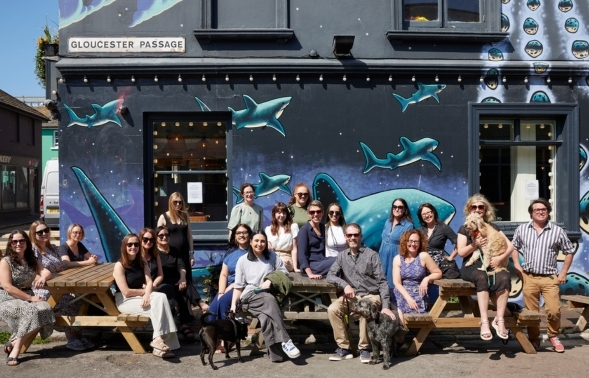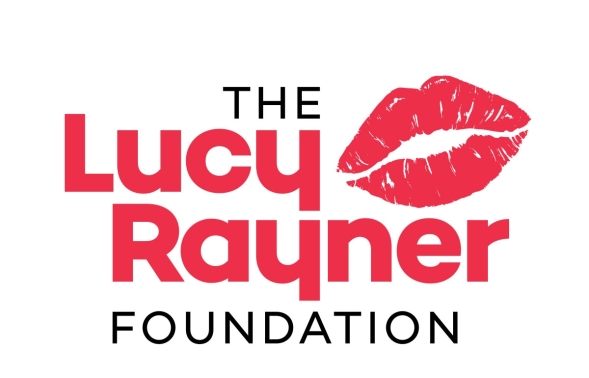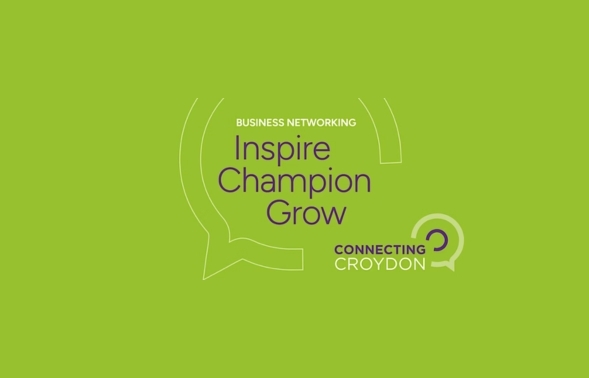Have you ever wondered why some budget businesses have a good run and appear to be popular but ultimately fail (think Blockbuster, Woolworths, Toys R Us)? Or perhaps why others thrive despite charging premium prices (think Apple, Harrods, De Beers, Rolex)? Or maybe you’ve considered why high-end cars sell like hot cakes when there are significantly less expensive alternatives available.
Well, it’s clearly not about the amount of money we have to spend, so what is it?
Without question, it’s value. Perceived value, to be precise.
We may enjoy paying less for a service all the time we believe it offers genuine value, but once that perception begins to go sour, it stops us dead in our tracks. One unacceptably bad meal in a restaurant we’ve been to many times before, and it’s highly likely to be the end of the line for us. And once this happens, it’s nigh-on impossible to turn it around again.
We’re a fickle bunch, us humans.
Take Monarch Airlines, one of the UK’s largest airlines known for offering budget flights to multiple European holiday destinations. Given our appetite for low-cost flights and the ever-increasing desire for holidays, Monarch would have felt certain the future was bright. Yet, somehow, they misjudged it, and to disastrous effect.
Competition was tough from the likes of Ryanair, Easyjet and Wizz, but they seemed to offer something Monarch Couldn’t, and in 2017, Monarch went into administration.
The media reported increased fuel costs, Brexit, and terrorism in Egypt as significant contributing factors to Monarch’s demise. And, whilst they may all have been influencing factors, they affected the other airlines equally who managed to survive.
All that left is the elusive, intangible notion we call ‘perceived value’. In other words, how customers felt about what they were getting for their money. We didn’t like it, so we walked away.
Warren Buffett once said, “Price is what you pay. Value is what you get.” But how often do we confuse the two both in our lives and in our businesses?
People say a house is worth £750,000, when 20 years ago, it was worth £145,000. So which is it? It may now cost £750,000 to buy, but that’s not strictly what it’s worth. And we pay £750,000 because that’s the value we place on it – the perceived value.
The perception of value is most intriguing because it’s an intangible yet powerful concept that influences almost every decision we make – in everyday life and business – and often without even realising it. We rarely ask ourselves if we value what we’re about to pay for; we just have a gut feeling that determines how we act.
Do you make your business buying decisions based on price or value? Are you able to identify which decisions are which?
The Price Fallacy
Price tags are seductive. They offer the illusion of objectivity, a number you can easily compare with others. But how often have you chosen a slightly more expensive option because it ‘felt right’? The truth is we frequently dismiss price as the deciding factor when the scales of perceived value tip in favour of a higher-cost option. This doesn’t just hold true for buying a pair of jeans; it’s a psychological quirk that also infiltrates boardrooms.
It’s unwise to pay too much, but it’s worse to pay too little
John Ruskin
The cost of almost everything is at our fingertips now, but it’s the extreme level of instant accessibility that has warped how we perceive value.
Long before the concept had gained widespread recognition among UK retail giants, Amazon’s founder, Jeff Bezos, astutely capitalised on the psychological principle of ‘ownership.’ This principle taps into the innate human desire to possess or take ownership of something once we’ve paid for it.
From its launch in the UK in 1998, when Amazon sold only books, they offered unprecedented delivery speeds, promising that customers would typically receive their purchases within a day or two. Bezos understood that catering to our deep-seated sense of ownership would be instrumental in securing Amazon’s future. And he wasn’t wrong.
Incidentally, retail giant Next, who in 1998 had already been around for 132 years, took a further three years to introduce next-day delivery. Competition is a powerful driver.
Amazon coerced us into becoming hooked on ‘want it, buy it, own it’. As their product line grew exponentially, our desire for ownership grew into rampant consumerism. Amazon capitalised on this with the launch of further Amazon Prime, now boasting around 13 million subscribers in the UK and 200 million worldwide.
However, Amazon appears to have lost sight of true perceived value. They have little or no control over, or simply don’t care about, the quality or authenticity of goods sold by Marketplace sellers. Many of us have been burned by purchasing unexpectedly low-quality, or even fake, goods and have become more discerning as a result.
There is documented evidence of Amazon being informed of an inherent fault in certain electrical goods that causes the electricity supply to trip out. This is fully endorsed by multiple Amazon reviews complaining of the same issue, but has Amazon removed the offending items? What do you think?
Amazon is in danger of losing sight of what we, its loyal customers, perceive as value. Yes, we want low prices, but not at the expense of quality, safety or longevity.
Unpacking Value – What Does It Really Mean?
The word ‘value’ often triggers an involuntary association with monetary cost. But what we often overlook is the multi-layered nature of value. It’s not a single-factor equation; it’s a complex blend of elements that contribute to our overall perception of worth.
Simon Sinek encapsulates this eloquently when he says, “People don’t buy what you do; they buy why you do it.” And what he means by that is it’s the value the buyer places on what’s behind the product or service they’re paying for.
Let’s look at what makes up this mysterious entity we call ‘value.’
Quality over quantity
Quality is a prime component of value. Take the example of a handcrafted, leather-bound journal versus a mass-produced, plastic-covered one. They’re both notepads, but while the latter may serve its purpose, the former offers a tactile, aesthetic experience, perhaps even evoking an emotional response and a desire to be seen with it. That additional layer of personal experience translates into added value for many customers.
Moleskin sells these beautiful, bound notebooks and they come in a range of exciting styles, textures and colours. An A5 notebook an cost up to £70, yet some of those are their best sellers. But why, when you can buy an A5 notepad in a stationery shop for £2?
It’s because cost is irrelevant when you truly value something, be it food, clothes, jewellery, cars or houses.
Diamonds are forever: The scarcity of diamonds is a manufactured reality created by the likes of De Beers, which holds some of the world’s largest stocks of diamonds locked away in vaults. Diamonds are not quite as scarce as we’re led to believe.
In the 1930s, De Beers launched one of the most successful marketing campaigns of all time. They simply asked film stars to wear diamond jewellery and then advertised as much. Later, they introduced the phrase, “A diamond is forever”, inextricably linking it to proposals of marriage. Job done.
And as for the cost, diamonds were cleverly associated with the average man’s monthly wage. Interestingly, this made them accessible to a broader audience, with every man placing his own value on a diamond ring based on his personal income level, and every woman appreciating the man had spent an entire month’s money on her engagement ring.
Utility and Relevance
A product or service must solve a problem or fulfil a need in order to be valuable.
Consider smartphone apps: A fitness app might be invaluable to someone looking to track their physical progress, and for which they would be happy to pay a fee, but it’s entirely irrelevant to someone not interested in exercise.
Value is contextual. There is no intrinsic value in products and services; the value is created in the mind of the buyer.
Emotional Resonance
Never underestimate the power of emotions when considering value. Brands like Apple have mastered this art. People don’t just buy an iPhone; they buy into an ecosystem, a lifestyle, and even a form of self-expression. The value isn’t just in the device’s features; it’s in the feeling of being part of something bigger. Why else would people queue all night to be among the first to own the latest model and pay in excess of £1,000 for the privilege?
Ethical and Social Dimensions
A company’s social responsibility and ethical stance can significantly influence its perceived value. A commitment to ethical practices is not merely a marketing strategy; it reflects a broader value proposition that extends beyond the transaction of goods and services.
Companies that achieve carbon-neutral status, for example, don’t just offer products or services; they provide an ethical choice that resonates with a growing consumer base concerned about climate change.
The Body Shop, which is both carbon-neutral and a certified B-Corp, appeals to customers who prioritise sustainability and social justice.
What is B-Corp Accreditation? Adding a new layer to this conversation are companies that become B Corporation (B-Corp) accredited. This certification is an indication that the company meets rigorous social and environmental performance standards. It signifies a commitment to not just being among the best in the world but being the best for the world. They distinguish themselves in a crowded market by continually aligning their operations with values that go beyond profitability.
Would you be more likely to buy from a B-Corp accredited company if the price and product were comparable to a non-B-Corp company? And if it were higher than a non-B-Corp company?
Cultural and Personal Values
Value is often influenced by cultural norms and individual principles. For example, in cultures where family is a top priority, products or services that enhance family time – such as board games or family package holiday – are more likely to be successful.
Woven from various threads, including quality, utility, emotion, ethics, and even culture, value is like an intricate tapestry. Each of these threads contributes to how we perceive the worth of something, which in turn influences our decision to engage or disengage, to buy or not buy. When we begin seeing value in this light, it becomes clear that it’s far more than a price tag. it’s a narrative.
In the context of running a business, this extends to factors such as customer service, brand trust, and ethical considerations. A company might choose a slightly more expensive supplier that shares its ethos of sustainability and/or ethical principles over another that simply offers a cheaper price.
You’ve got to start with the customer experience and work back toward the technology, not the other way around.
Steve Jobs
The Role Value Plays in Decision-Making
Think about your last holiday. Did you opt for a budget getaway or invest in a luxury hotel or resort? Or maybe a cruise? The cost will have come into it, but your choice was very likely influenced by what you value – be it adventure, comfort, family, ‘me’ time, far-flung travel, culture, or something else entirely.
The same psychology applies when a business decides between outsourcing a service, such as marketing, or keeping it in-house. In reality, the lowest cost rarely wins; often, it’s the proposition that promises and ultimately delivers the most value that determines your decision.
The Midlife Crisis – A Case in Extreme Value Perception
The midlife crisis men typically experience serves as a poignant example of how our perception of value can be circumstantial and shift without us realising it.
Conventionally, we value stability, such as steady jobs, secure relationships, family, and growing savings. However, the psychological upheaval that often comes with middle age can dramatically shift these priorities. Suddenly, a flashy sports car, reliving the hedonistic holidays of our youth, or taking on daring adventures are not an indulgence; they’re a necessity.
This shift in perceived value isn’t arbitrary; it is spurred by existential concerns, realisations about mortality, or a feeling of missed opportunities. What was once considered impractical or irresponsible may now be viewed as liberating or essential and, above all, fully justified for one’s own personal happiness. This change in valuation is not solely about material possessions but extends to experiences, relationships, and life choices as well.
So what’s happening here?
A midlife crisis is more than a cliché; it’s a powerful and significant psychological state that alters our sense of perceived value. It’s our value system being recalibrated, which manifests in several ways, not least by how much of a premium we’re willing to pay to get what we now want.
Even without the influence of a midlife crisis, the urge for significant change in businesses is far from uncommon. Companies sometimes pivot dramatically or invest in seemingly unrelated ventures because of a sudden change in the perception of value – a change that can leave staff, partners, and stakeholders bewildered.
Nokia’s Shift to Smartphones:
Nokia is a global leader in mobile infrastructure technology, but they were once a giant in the mobile phone handset industry. Nokia’s downfall in this arena is a cautionary tale about misjudging shifts in consumer values.
With the rise of smartphones, people weren’t just looking for communication devices; they wanted pocket-sized powerhouses that could manage their whole lives. Nokia’s pivot to the Windows Phone platform was an attempt to adapt and meet customers’ needs. Unfortunately, it comprehensively failed to resonate with the majority of consumers who had already fallen for the sleek ecosystems of Android and iOS (Apple)
Tesco’s Introduction of Finest Range:
Contrast this with Tesco’s masterstroke introduction of its ‘Finest’ range in 1998.
Tesco’s Finest wasn’t just about charging more for groceries; it was a cleverly calculated strategic gamble designed to tap into a new consumer mindset, one that valued quality over cost.
Tesco recognised that people were willing to pay a premium for quality food. But their ‘Finest’ range wasn’t just food; it was a lifestyle choice. Its sophisticated packaging possibly even serving as a subtle status symbol at the checkout, much the way people might use a Harrods bag for everyday use.
The real genius – and perhaps the ethical tightrope, too – lies not just in understanding this shift in consumer/customer values but in leveraging it effectively. It’s not the insight into changing perceptions that borders on manipulation; it’s how you act on that insight. If executed astutely and correctly, it creates a win-win situation where businesses stay ahead of the curve and customers get what they genuinely desire.
In your business, how close are you to understanding your customers’ perceived sense of value in the products or services you sell? Are you brave enough to dig deeper to find out?
Quality in a service or product is not what you put into it. It is what the client or customer gets out of it
Peter Drucker
Incorporating Value Into Business Decisions
Changing the way you approach business decisions begins with self-awareness.
Start by identifying your current value system. Challenge it. Dare to ask yourself and your team, “As a business, what do we really value? Be brave and ask your customers where they see the most value in your business. Then, begin making decisions that align with those values, even if it appears to defy conventional wisdom.
If you’re hesitant about investing in marketing, for example, ask yourself why. Is it because you view marketing as just another line item in the expenses column? Or is it because you don’t value the power of storytelling that can transform how others perceive your brand and, by extension, your success?
Recognise that value is far more than a monetary concept; it’s a multi-faceted equation influenced by quality, utility, emotional resonance, ethical considerations, and even cultural norms.
The challenge is that there’s no one-size-fits-all approach to creating value because what one customer finds invaluable, another might deem unnecessary. The onus is on businesses to deeply understand their target market, to discern not just what customers say they want, but to interpret their underlying needs and desires. This insight can be the difference between a thriving business and one that fails to connect.
Key Takeaways
- Identify what your customers genuinely value: Beyond surveys and market research, engage with your customers on a personal level to understand their lifestyles, worries, and what makes them happy.
- Be mindful of the ethical and social dimensions: If your business model aligns with higher ethical standards, like B-Corp accreditation, flaunt it. Today’s customers are looking for more than just a product; they’re looking for responsible stewardship.
- Challenge conventional wisdom: Don’t underestimate the power of going against the grain and challenging your market. Sometimes, a fresh perspective is the most valuable commodity you can offer.
- Be adaptable: The landscape of value is ever-changing. What customers value today may not be the same tomorrow. Staying nimble and open to change will help you adapt your value proposition as needed.
In a world that’s teeming with choices, value is the ultimate currency.



